Growth in Oil and Gas Sector
The Anionic Flocculants Market is poised for growth, driven by the increasing activities in the oil and gas sector. As exploration and production activities expand, the need for effective drilling fluids and wastewater treatment solutions becomes more pronounced. Anionic flocculants are utilized in various applications, including the treatment of produced water and drilling muds, to enhance the separation of solids from liquids. Recent market analyses suggest that the oil and gas industry is likely to grow at a rate of approximately 4% per year, which may lead to a corresponding increase in the demand for anionic flocculants. This trend indicates a robust opportunity for the Anionic Flocculants Market, as companies strive to improve operational efficiency and comply with stringent environmental regulations.
Expansion in Mining Activities
The Anionic Flocculants Market is significantly influenced by the expansion of mining activities across various regions. As mining operations intensify, the need for efficient separation and clarification processes becomes critical. Anionic flocculants are widely utilized in mineral processing to enhance the recovery of valuable minerals while minimizing environmental impact. Recent statistics indicate that the mining sector is expected to witness a growth rate of around 5% annually, which could lead to increased consumption of anionic flocculants. This trend is particularly evident in regions rich in mineral resources, where the demand for effective flocculation agents is on the rise. Consequently, the Anionic Flocculants Market stands to benefit from the ongoing developments in the mining sector, as companies seek to optimize their operations and adhere to environmental regulations.
Increasing Demand in Water Treatment
The Anionic Flocculants Market is experiencing a surge in demand due to the growing need for effective water treatment solutions. As industrial activities expand, the necessity for treating wastewater has become paramount. Anionic flocculants play a crucial role in enhancing the efficiency of sedimentation processes, thereby improving water quality. According to recent data, the water treatment sector is projected to grow at a compound annual growth rate of approximately 6% over the next few years. This growth is likely to drive the demand for anionic flocculants, as they are essential in various applications, including municipal wastewater treatment and industrial effluent management. The increasing regulatory pressures regarding water quality standards further bolster the need for effective flocculants, positioning the Anionic Flocculants Market favorably for sustained growth.
Rising Awareness of Environmental Regulations
The Anionic Flocculants Market is significantly impacted by the rising awareness of environmental regulations. Governments and regulatory bodies are increasingly implementing stringent guidelines to ensure the safe disposal of industrial waste and the protection of water resources. Anionic flocculants are essential in meeting these regulatory requirements, as they facilitate the effective removal of contaminants from wastewater. The growing emphasis on sustainable practices across various industries is likely to drive the demand for anionic flocculants, as companies seek to comply with environmental standards. Recent reports indicate that the global market for water treatment chemicals, including flocculants, is expected to reach substantial figures in the coming years, further underscoring the importance of the Anionic Flocculants Market in addressing environmental challenges.
Technological Innovations in Flocculant Production
The Anionic Flocculants Market is benefiting from technological innovations in the production of flocculants. Advances in polymer chemistry and manufacturing processes have led to the development of more efficient and effective anionic flocculants. These innovations not only enhance the performance of flocculants in various applications but also reduce production costs, making them more accessible to a wider range of industries. Recent developments suggest that the market for advanced flocculants is likely to expand, driven by the need for improved performance in water treatment, mining, and other sectors. As companies increasingly adopt these innovative solutions, the Anionic Flocculants Market is expected to experience robust growth, reflecting the ongoing evolution of flocculant technology.


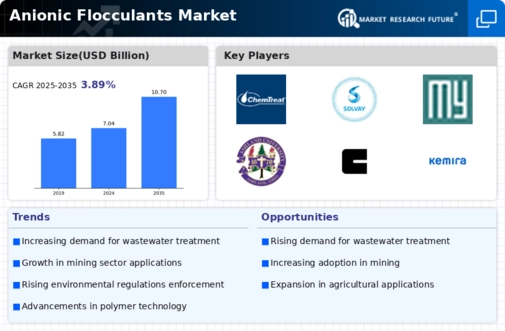
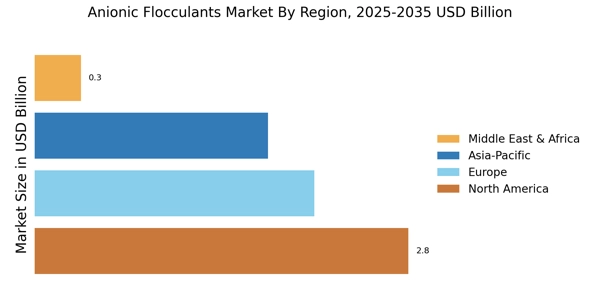

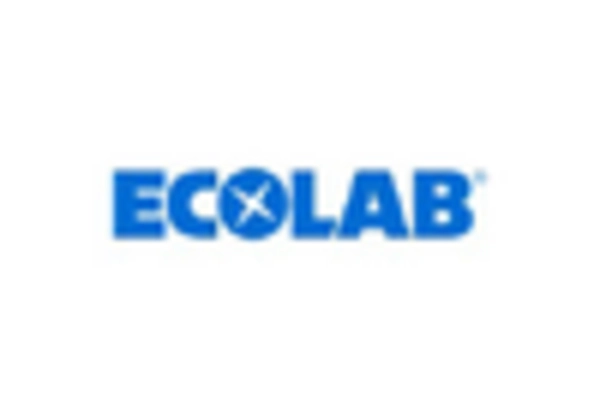
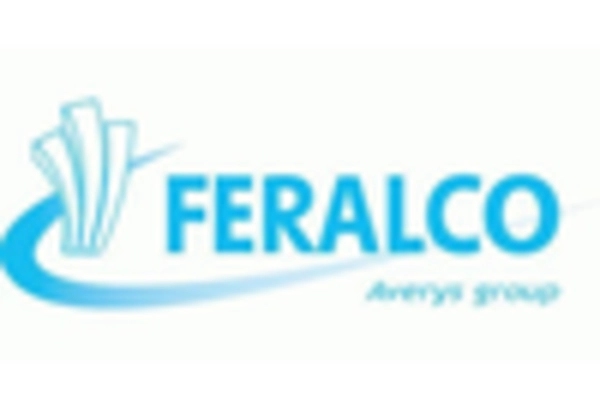
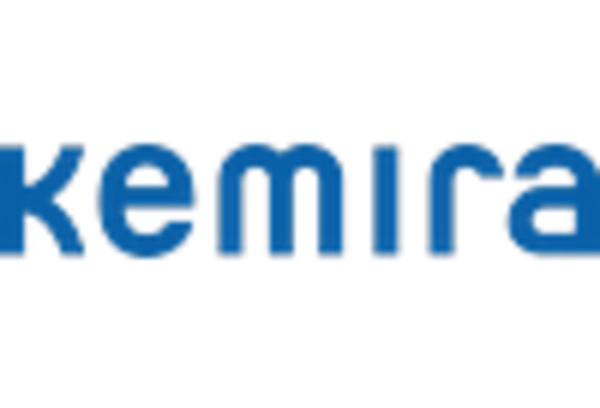
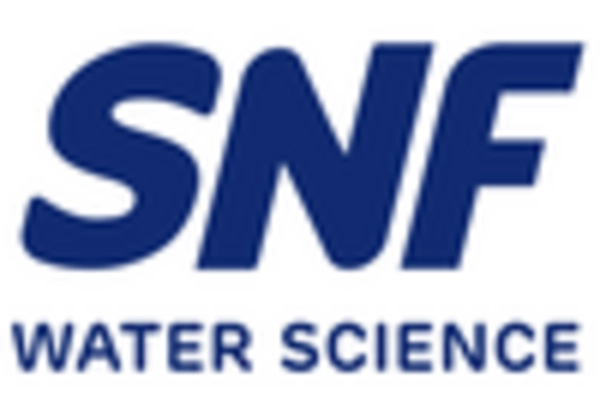









Leave a Comment